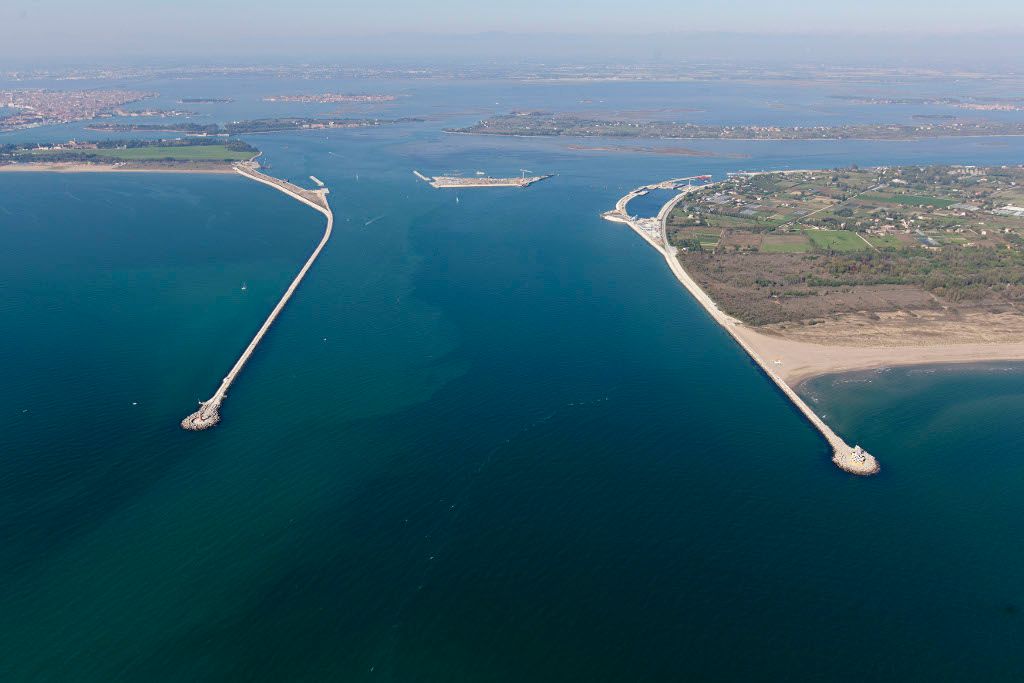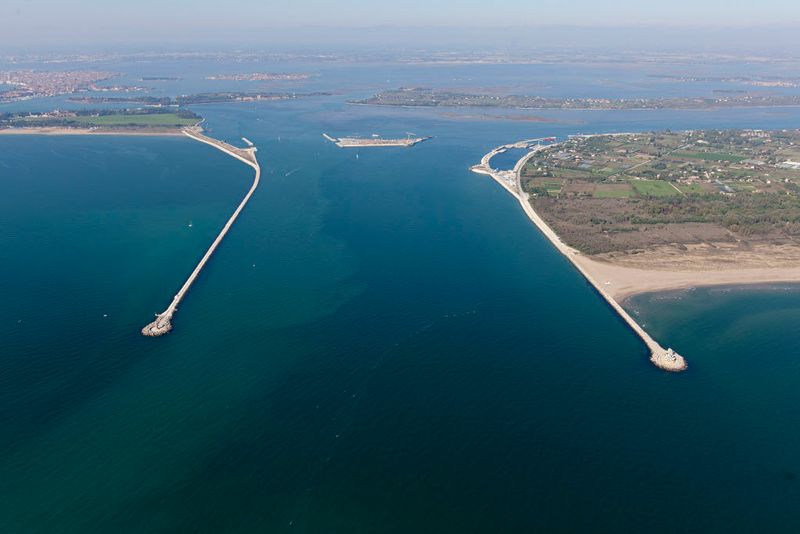The city of Venice, world-famous for its beauty and uniqueness, is a living example of resilience to climate change and rising sea levels.
The Mose, a system of movable dikes designed to protect the city from exceptionally high tides, represents one of the most advanced solutions for safeguarding this universal heritage.
However, recent studies suggest that the Mose may become inadequate well before the end of the century, raising important questions about the future of the lagoon city and possible alternative solutions.
So, for how many years will Venice still be able to rely on the Mose? Let's find out together.
The Mose: a valuable but not eternal resource

As stressed by Ursula von der Leyen, president of the European Commission, Venice is a clear example of how the intensity and frequency of extreme phenomena are increasing, a symptom of a climate tragedy that is only just beginning.
Combating climate change is the only long-term solution to combat the high water that threatens Venice.
A recent study by Ca' Foscari University, titled “Boon and burden: economic performance and future perspectives of the Venice flood protection system,” highlights how the benefits of Mose far outweigh the investment costs and economic losses, such as those suffered by the port.
Indeed, without a protection system, devastating floods would become increasingly frequent, creating incalculable damage to the city.
For how many years will Venice still be able to rely on the Mose: The future challenges
Increased closures of the Mose's mobile dams pose a significant challenge to the medium- and long-term sustainability of the infrastructure.
According to the study, if the Mose is activated with tidal predictions from 110 centimeters over the middle sea, 50 consecutive days of lagoon closures could be exceeded within the last quarter century.
This intensive use, although technically sustainable, would still be too costly and impactful on the environment. Under worst-case climate scenarios, the Mose could be overstressed as early as 2060 to 2070.
Carlo Giupponi, professor of environmental economics at Ca' Foscari University and coordinator of the study, points out that much will depend on our ability to counter climate change.
The sea rise forecast ranges from 20-30 centimeters in the most optimistic scenario to 70 centimeters in the worst case scenario.
Added to this is the phenomenon of subsidence, or the gradual sinking of the city, which is currently quantified at 3-4 millimeters per year.
For how many more years can Venice rely on the Mose: Solutions for the future
It is crucial to start thinking now about solutions for the post-Mose era. As Giupponi points out, “in another 40-50 years we should have realized what matches Mose or replaces it.”
Proposed strategies include raising the city's banks to prevent flooding with tides of up to 130 centimeters and pumping seawater underground to counter subsidence and raise the city.
Among the more extreme solutions is the possibility of clearly separating the sea from the lagoon, similar to what is done in the Netherlands with protective dikes.
This strategy would involve a disruption of the lagoon system, which in turn would have to be carefully managed. Other proposals include the creation of an offshore terminal for the port, which is already planned in the Port Authority's plans.
The impact of the Mose on the lagoon ecosystem
The debate on the impact of the Mose on the lagoon ecosystem is still open. The effect of the mobile dam closures will be more evident as their frequency increases, interrupting the flow between the lagoon and the sea.
This could lead to increased development of macro algae, oxygen deficiency and fish mortality. However, the master plan of interventions includes many other works for the protection and reconstruction of lagoon habitats.
For how many years will Venice still be able to rely on the Mose: The future of the lagoon
The morphology of the lagoon is threatened by the rise of the sea and the simultaneous lowering of the ground.
Studies by the Institute of Geosciences and Georesources of the CNR in Padua predict a significant reduction in lagoon morphologies by 2050. This would result in a loss of morphological heterogeneity with negative consequences for the ecological benefits that the lagoon environment provides.
Despite the challenges, Venice will likely be able to count on the investment needed to find appropriate solutions, given its international significance.
As Giupponi concludes, “we hope to stimulate reflection by decision makers” so that effective measures can be taken to protect this unique city in the world.

